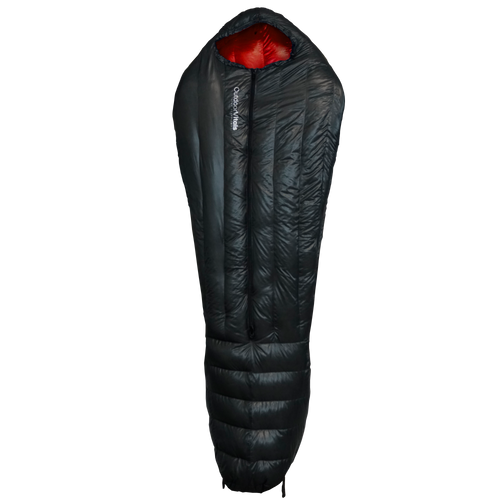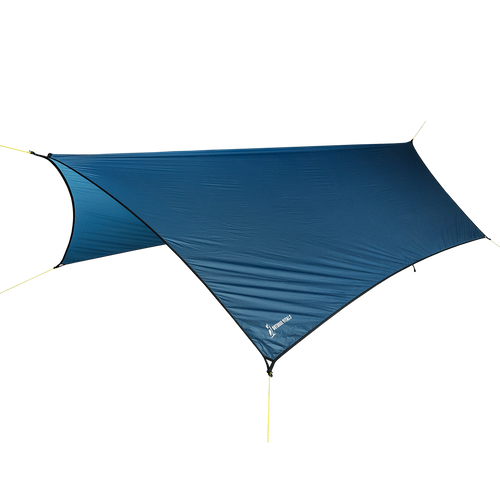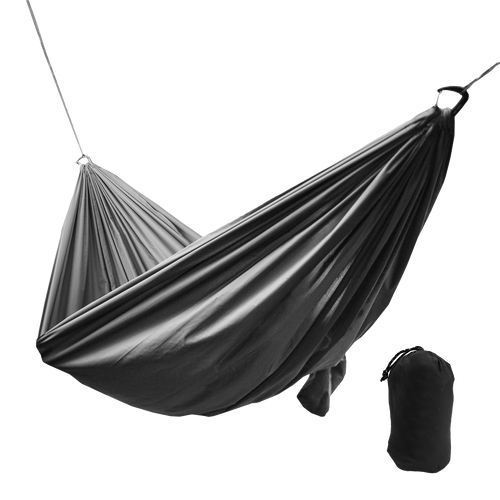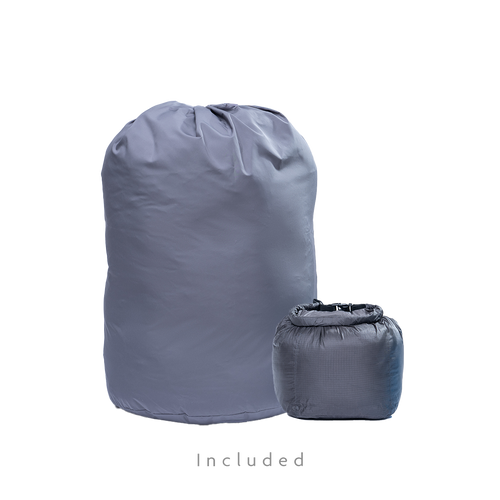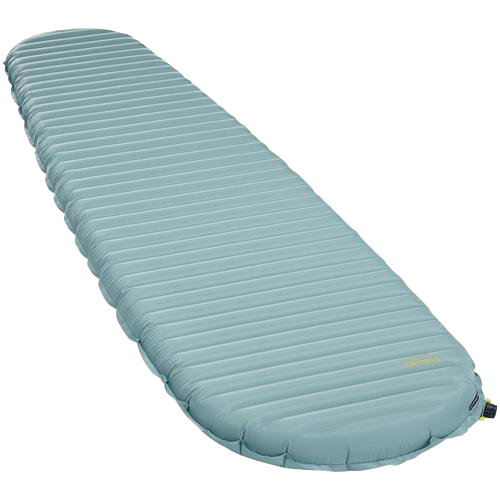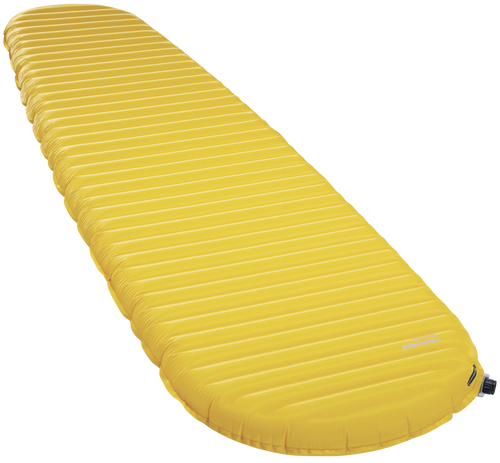What is Fastpacking?
What Is Fastpacking? The Ultimate Guide to Ultralight Adventure
If you're an avid outdoor enthusiast looking for a new challenge that combines the thrill of trail running with the endurance of backpacking, fastpacking might be the perfect adventure for you. But what exactly is fastpacking? This ultimate guide will delve into the ins and outs of fastpacking, covering everything from essential gear to planning a successful trip.
Understanding Fastpacking
Fastpacking is a hybrid outdoor activity that combines elements of ultralight backpacking and trail running. Essentially, it involves moving quickly through backcountry terrain with a minimal amount of gear. The goal is to cover long distances in a shorter period, allowing adventurers to experience more of the great outdoors in less time.
Unlike traditional backpacking, which often involves carrying heavy packs and moving at a slower pace, fastpacking emphasizes speed, efficiency, and minimalism. This means carrying only the essentials and opting for ultralight gear to keep the overall pack weight as low as possible.
As outdoor activities like hiking & backpacking continue to grow in popularity (with hiking now the most popular sport in the U.S. according to recent statistics by PT Pioneer) fastpacking offers a fresh way to enjoy the outdoors - even if you're tight on time. Fastpacking presents an exciting & challenging alternative to activities like road running that allows you to stay active while exploring the great outdoors.

The Essentials of Fastpacking Gear
To embark on a successful fastpacking trip, you'll need to carefully select your gear. The key is to strike a balance between carrying enough supplies for safety and comfort while keeping your pack as light as possible. Here are some essential items to consider:
-
Fastpacking Pack: Your choice of pack is crucial for fastpacking. Look for ultralight packs designed specifically for this activity. The best fastpacking packs are lightweight, durable, and have enough capacity to carry your essentials without adding unnecessary bulk. See more about fastpack essentials below.
-
Shelter: Opt for a lightweight tent, tarp, or hammock. Your shelter should provide protection from the elements while being easy to set up and pack away.
-
Sleep System: A compact sleeping bag or quilt, combined with an ultralight sleeping pad, will ensure you get a good night's rest without weighing you down.
-
Clothing: Dress in layers to adapt to changing weather conditions. Choose moisture-wicking, quick-drying fabrics to stay comfortable and dry. It's also critical to wear clothing you can freely move in such as the Skyline Trail Shorts or Skyline Trail Joggers that were specifically designed for this type of activity.
-
Footwear: Trail running shoes are a popular choice for fastpackers. They offer the right balance of support, traction, and flexibility for covering varied terrain.
-
Food and Water: Plan your meals carefully, opting for lightweight, high-calorie options like dehydrated meals, energy bars, and nuts. A reliable water filter or purification tablets are essential for accessing safe drinking water along the way.
-
Navigation: A map, compass, and GPS device will help you stay on track. Make sure you have a backup navigation method in case your primary device fails.
-
First Aid and Safety: Carry a compact first aid kit, a multi-tool, a headlamp, and emergency signaling devices. Safety should always be a priority.

Fastpacking Packs vs. Traditional Hiking Backpacks
Selecting the right pack can make or break your fastpacking experience. There are a few key differences between fastpacks & traditional packs for backpacking:
-
Harness System: A fastpack should hug your body & eliminate as much bounce as possible while you're on the move. Unlike more traditional ultralight backpacks, fastpacks use a "running vest" style harness system with no load lifters to keep your load snugged up close. It should feel more like an extension of your body.
-
Size & Capacity: Fastpacks are almost always MUCH smaller than an ultralight hiking backpack. A capacity of about 30L is perfect for an 2 or 3 day fastpacking trip & will allow you to move freely & prevent packing your fears or overloading. Remember, you'll likely be moving fast!
-
Access: Fastpacks use a pocketing system that allows you to easily access water, snacks, & supplements while on-the-go. The running vest style harness straps are covered in pockets built for hydration bladders, bars, drink mixes, & other small gear items you'll need often.
The Skyline 30 Fastpack checks all of these boxes, & after over a year of testing other fastpacks available - we found that the Skyline 30 eliminates bouncing much better than alternatives.
This is important for preventing chaffing, soreness, & other discomforts on the trail.
Additionally, there are extra pockets BENEATH the pack that you can reach behind & access without removing it. We've found this to also be invaluable in practical application on the trail.
Planning Your Fastpacking Adventure
Once you have your gear sorted, it's time to plan your fastpacking adventure. Here are some tips to ensure a successful trip:
-
Choose Your Route: Research trails that are suitable for fastpacking. Consider the terrain, distance, and elevation gain. Popular fastpacking destinations include wilderness areas, sections of the Appalachian Trail, and various national parks.
-
Check the Weather: Weather conditions can change rapidly in the backcountry. Check the forecast before you leave and be prepared for all possibilities.
-
Pack Light, Pack Smart: Prioritize essential items and leave non-essentials at home. Every ounce counts when you're covering long distances at a fast pace.
-
Stay Hydrated and Nourished: Plan your water stops and carry enough food to sustain your energy levels. Fastpacking can be physically demanding, so proper nutrition is crucial.
-
Practice Leave No Trace: Always follow Leave No Trace principles to minimize your impact on the environment. Respect wildlife and other trail users.
-
Build Up Your Endurance: Fastpacking requires a good level of fitness and endurance. Train by combining long-distance running with ultralight backpacking practice runs.
The Benefits of Fastpacking
Fastpacking offers a unique blend of physical challenge and immersive outdoor experience. Here are some benefits that make fastpacking appealing to adventurers:
-
Cover More Ground: Fastpacking allows you to explore more of the wilderness in less time. You can cover greater distances compared to traditional backpacking.
-
Enhanced Fitness: Combining running with backpacking provides an excellent full-body workout. It improves cardiovascular health, builds strength, and enhances endurance.
-
Minimalist Approach: Embracing minimalism teaches you to prioritize essentials and appreciate the simplicity of outdoor living. It fosters a deeper connection with nature.
-
Flexibility: Fastpacking offers the flexibility to adapt your pace and route. Whether you want to push your limits or take it easy, you have the freedom to choose.
-
Sense of Achievement: Completing a fastpacking trip provides a great sense of accomplishment. It challenges you physically and mentally, leaving you with lasting memories and a sense of pride.
Conclusion
Fastpacking is an exhilarating way to experience the great outdoors, combining the best aspects of trail running and backpacking into one thrilling activity. By selecting the right fastpacking gear, including the best fastpacking packs, you can embark on ultralight adventures that test your limits and reward you with breathtaking views and unforgettable experiences.
Whether you're a seasoned backpacker looking for a new challenge or a trail runner seeking to extend your range, fastpacking offers a unique and fulfilling way to explore nature. So, gear up, plan your route, and discover the joy of fastpacking – the ultimate ultralight adventure.



